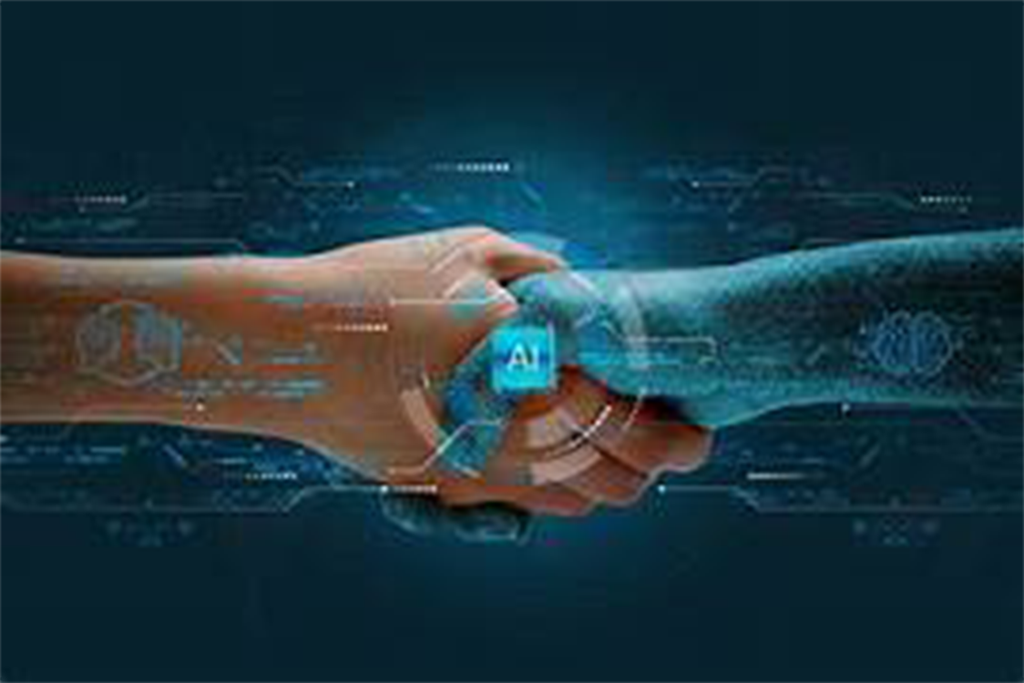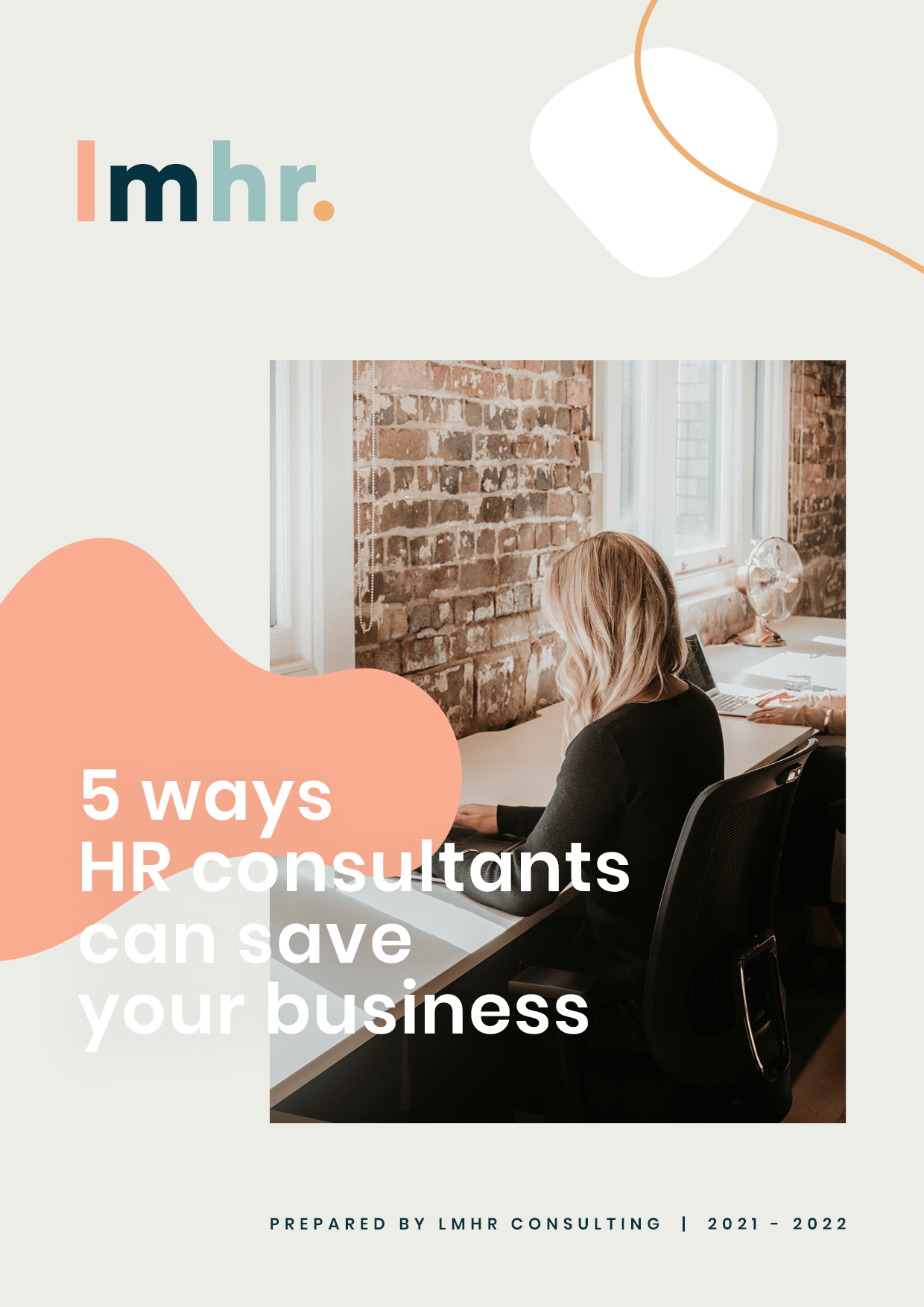
Artificial intelligence (AI) has quickly become the shiny new tool in the HR toolkit. From screening job applicants to predicting turnover and automating administrative tasks, it promises speed, efficiency, and data-driven decision-making.
But as with most shiny things, it pays to look beneath the surface. The truth is, while AI can help HR teams operate smarter, it can never replace the depth of understanding, intuition, and human connection that define great people leadership.
At LMHR, we’ve seen both sides of the story through our experience with Outsourced HR, the impressive gains when technology is used well, and the costly missteps when it’s used without enough human oversight.
Recruitment & Screening
AI-powered systems can process thousands of applications quickly, highlight keywords, and identify strong matches. This can be invaluable for high-volume recruitment or when speed is critical.
Employee Insights & Engagement Tracking
Some organisations use AI to analyse survey results, internal communications, or engagement data to detect early signs of burnout or disengagement (note: understanding detailed nuance around engagement issues however may not be tracked)
Learning & Development
AI tools can tailor learning recommendations based on an employee’s performance, interests, and career goals, helping to create certain levels of development plans.
Administrative Efficiency
From scheduling interviews to managing leave requests or onboarding workflows, AI can remove repetitive admin so HR teams can focus on strategy and people.
AI can process information faster than any of us, but it doesn’t understand people. It analyses data, not context. It recognises patterns, not potential. Below are the real risks we see businesses stumble into when they rely too heavily on algorithms instead of human insight.
1. AI can’t read between the lines
AI might identify that a candidate’s CV doesn’t tick every box, but it can’t see their potential, their character, or their fit for your culture. It doesn’t pick up on interpersonal warmth, growth mindset, or resilience.
The best HR decisions often come from seeing what’s not obvious on paper, something no algorithm can replicate.
Example:
A highly capable but unconventional candidate might be rejected because their background doesn’t match historical data or “ideal profile” criteria. A good recruiter, however, might see the transferable skills and attitude that make them a perfect fit.
2. Bias is built in – and hard to spot
AI learns from existing data. If that data reflects biased decisions or historic inequalities, the system learns those biases too.
Example:
Amazon famously abandoned an AI hiring tool that began downgrading resumes from women, simply because the training data reflected a male-dominated workforce. The AI didn’t intend to discriminate it just mirrored human bias at scale.
Bias can also creep in through how data is collected, how “success” is defined, or how models are trained. Once it’s embedded, it can be hard to detect and even harder to remove.
3. AI struggles with context and nuance
Humans are complicated. We go through personal challenges, changing motivations, and external stressors, things an algorithm can’t interpret.
An AI system might flag someone as a “turnover risk” because they’ve updated their LinkedIn, when in reality they’re just proud of a recent project. Another might categorise an employee as “underperforming” without understanding the impact of illness, workload, or team dynamics.
These are moments that require empathy, conversation, and trust-> not automation.
4. Privacy and ethical boundaries are blurred
Some AI systems collect or infer sensitive personal data from sentiment analysis of emails to keystroke monitoring and productivity tracking.
While the intent might be to improve engagement or efficiency, the outcome can easily cross into surveillance and erode trust. Once trust is gone, culture follows.
Transparency and consent are non-negotiable yet often overlooked when new tech is introduced quickly.
5. Overreliance creates a false sense of objectivity
There’s a tendency to assume that because AI produces data and numbers, it must be right. But algorithms can be wrong, outdated, or incomplete.
HR professionals who rely solely on “AI scores” or predictive dashboards can miss critical human insights, especially in performance management, investigations, and cultural assessments.
At best, it leads to poor decisions. At worst, it leads to legal and reputational risks.
6. AI can’t build relationships or culture
Culture is built through connection, through conversations, shared experiences, and trust. AI can streamline communication, but it can’t create belonging.
When businesses replace too much face-to-face interaction with automated tools or chatbots, employees begin to feel more like data points than people. That’s a quick path to disengagement and turnover.
7. Legal and Compliance risks are rising
Australia’s legal landscape is constantly evolving. The Safe and Responsible AI framework, privacy reforms, and Fair Work considerations around automated decision-making are all on the horizon. Employers will soon be expected to demonstrate how AI systems are fair, transparent, and free from discrimination.
That’s a big ask if businesses do not fully understand how the tools they’re using actually work. It is not a perfect science and this is where lack of human interpretation can create risk.
AI can absolutely support HR but it should never replace the human element. The best outcomes come from a hybrid approach: let AI handle data and admin, while real people handle judgment, empathy, and relationships.
At LMHR, we encourage clients to:
AI can help us make faster, smarter decisions but it can’t care. It doesn’t understand emotion, loyalty, or integrity.
HR at its core is about humans listening, guiding, coaching, and connecting. Those moments of genuine understanding are what build great workplaces. Technology should enhance them, not erase them.
The LMHR team can help you evaluate new tools, identify risks, and design frameworks that protect both your people and your culture.
Because the smartest systems in the world still need smart, and compassionate humans behind them.
We pride ourselves on being the best choice for business. Reach out to us today for the Best HR consulting support. Available in Sydney, Melbourne and Queensland. Outsourced HR, experts available right now!

Copyright © 2025 LMHR Consulting Pty Ltd ABN 86629558158.

